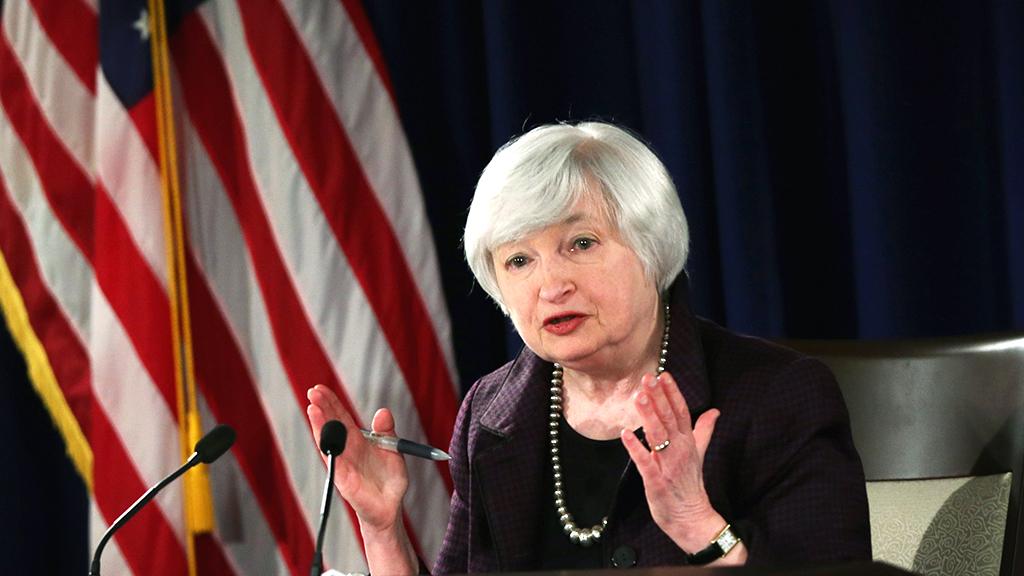Dollar's coronavirus losses hint at boom in riskier markets
The dollar index is testing 'line-in-the-sand support'
The U.S. dollar is set to weaken as investors turn their attention to riskier assets while the world tries to move past the COVID-19 pandemic.
COVID-19 vaccines from at least three drugmakers could receive emergency-use authorization by the end of the year, putting health care and other frontline workers and those most at-risk on track to receive immunization by the spring. Everyone else will likely receive a vaccine in the second half of 2021.
“People are looking ahead to a better next year, and a better next year means that people want riskier assets,” said Marc Chandler, chief market strategist at the capital markets trading firm Bannockburn Global Forex. “The best-performing currencies against the dollar have been those currencies that are levered to world growth.”
US ECONOMY TO SHRINK AS SURGING CORONAVIRUS INFECTIONS FORESHADOW 'GRIM WINTER'
The dollar index, which is down 11% from its March peak, closed at 92.19 on Monday, its lowest since settling at 92.13 on Aug. 31. A close below that level would be the weakest since April 30, 2018.
Wall Street pros say growing concerns regarding the U.S.’ twin deficits, or budget deficit and current account deficit, will weigh on the greenback in the months ahead as the economy braces for a slowdown after states began rolling back their reopening plans.
The potential for a slowing economy and the likely inability of Congress to agree on a stimulus package during the lame-duck session has strategists ratcheting up expectations the Federal Reserve will ease monetary policy further at its December meeting by shifting more of its securities purchases to long-term notes to keep those rates anchored.
CORONAVIRUS VACCINE NOT CURE-ALL FOR BOND INVESTORS
The central bank earlier this year slashed interest rates to near zero and pledged to buy an unlimited amount of assets -- injecting liquidity into markets -- to support the U.S. economy’s recovery from the sharpest slowdown of the post-World War II era. The Fed also adjusted its economic goals to allow inflation to run above its 2% target “for some time” following periods of persistently low inflation.
The consumer price index was unchanged in October, its weakest reading in five months, and rose 1.2% compared to a year earlier.
“Because of the state of the economy and low inflation, the U.S. interest rate premium, especially at the short end of the curve, is not really conducive for foreign savers to come to the U.S. so the dollar acts like a shock absorber,” said Chandler. “The dollar weakens and then the price of bonds, the price of our equities, look better.”
The U.S. dollar index has been testing “line-in-the-sand support” near 92.00 since August, wrote Matt Maley, chief market strategist at Miller Tabak + Co. He says a “meaningful” breakdown of the level will boost commodities and emerging markets.
CLICK HERE TO READ MORE ON FOX BUSINESS
Solita Marcelli, chief investment officer for the Americas at UBS Global Wealth Management agrees, noting dollar weakness in 2021 is an “implicit endorsement for risk-taking in portfolios over the next year.”




















